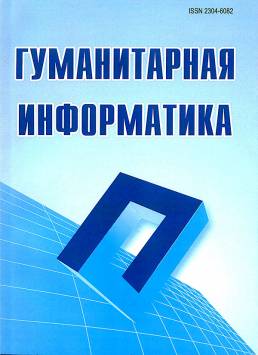NEURO CONTROL IN EDUCATION ROBOTICS: THEORY AND PRACTICE
The brain-computer interface (BCI) could provide student’s very fascinating alternative of robot control via changes of human brain states reflected in the scalp biosignal patterns. Such control requires PC, wearable neurointerface, special software and controllable object. Regular exercise using this brain-computer interface also helps students to increase their level of self-control, which will be helpful during examinations and other situations. The article proposes to use «Neurobelt» neurointerface system, since this system allows operators to employ from 2 to 8 control commands, it provides high-speed switching between brain states as well as good retention of the selected brain state. The following brain states are the most commonly used: neutral, relaxation, concentration, deconcentration, motor imaginary tasks. Two special software programs are included in to the neurointerface. The first program called «CyborgInteraction» is intended for biosignal registration, pre-processing and analysis with further brain states classification and generation of the general control commands. The second program «BioEcho» is used to convert these general control commands (or their sequence) to instructions specific for particular robot, or other real or virtual objects. For a workout with real objects in real time the LEGO Mindstorms EV3 constructor or Parrot ArDrone quadrocopter could be used.
Keywords
brain-computer interface, neuro control, образовательная робототехника, нейроинтерфейс, нейрогарнитура, нейроуправление, нейропилотирование, mind-machine interface, educational roboticsAuthors
| Name | Organization | |
| Raisa A. Bogacheva | «Neurobotics», «NeuroAs» | r.bogacheva@neurobotics.ru |
References
